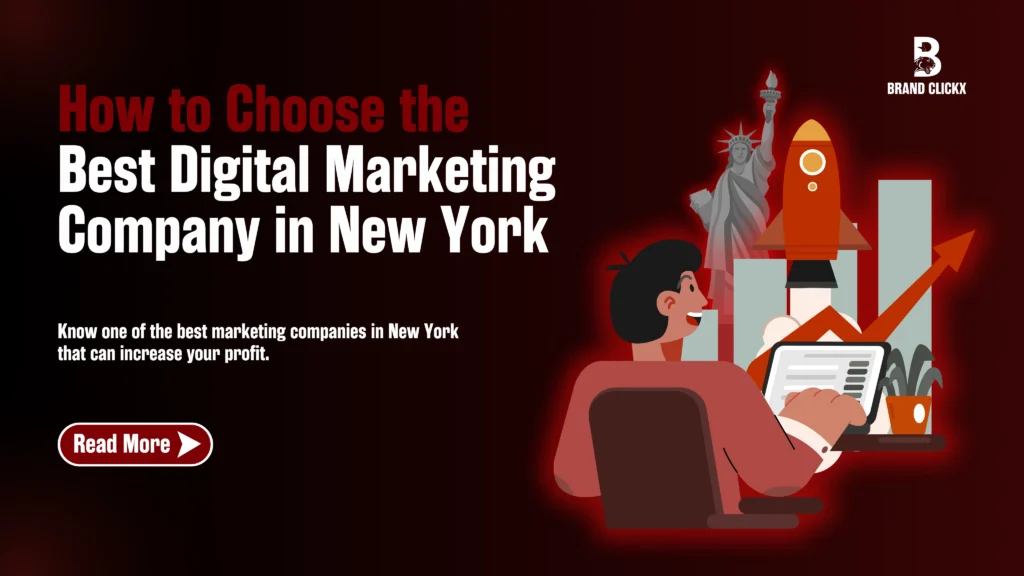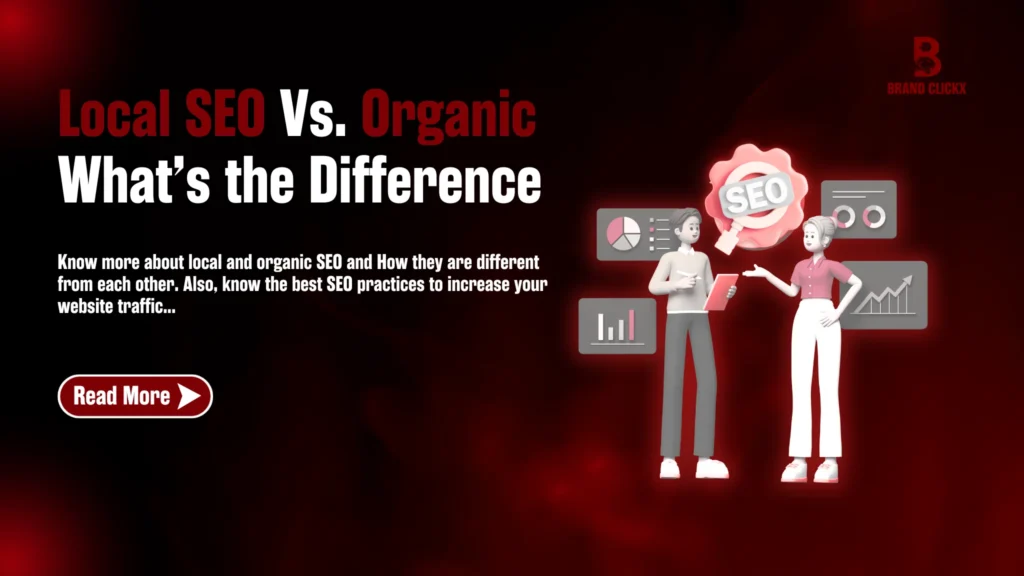Introduction
In today’s fast-paced digital world, blogging for brand authority has become more than just a content marketing trend — it’s a vital tool for building trust, credibility, and long-term influence. For entrepreneurs and marketers looking to stand out in a competitive marketplace, blogging offers a direct, powerful, and sustainable path to thought leadership.
People no longer rely solely on ads or flashy promotions. They seek value, knowledge, and authenticity. This shift has opened up an opportunity for brands to educate and engage their audience through meaningful blog content. Whether you’re a startup founder, a seasoned marketer, or a solopreneur, consistent blogging can establish you as a go-to voice in your industry.
This blog will explore how blogging helps boost your brand’s authority, how to use key techniques like topic clusters and internal linking effectively, and what role blog frequency and SEO optimization play in building your digital reputation.
Why Blogging for Brand Authority Matters in 2025
The internet is saturated with content, but not all content builds authority. What sets authoritative brands apart is their ability to offer consistent value through well-thought-out blog posts that answer questions, solve problems, and guide their audience toward informed decisions.
Here’s why blogging remains crucial for brand authority:
1. Trust is built through value, not sales pitches
Your audience is savvy. They recognize when they’re being sold to versus when they’re being educated. Blogs allow you to nurture this trust by offering free, high-quality information.
2. Search engines reward authority
Google’s algorithms prioritize content that demonstrates E-E-A-T: Experience, Expertise, Authoritativeness, and Trustworthiness. Regular, insightful blogging signals that your brand knows its field.
3. Blogging positions you as a thought leader
Whether you’re analyzing industry trends or providing actionable tips, blogging enables you to voice your perspective. Over time, readers (and other industry players) come to see your brand as an expert in your niche.

Understanding Blog Frequency: How Often Should You Post?
Many entrepreneurs and marketers wonder: how often should I publish a blog? The answer isn’t one-size-fits-all, but there are best practices depending on your goals.
1. Consistency is more important than volume
You don’t need to post every day. What’s crucial is developing a schedule your audience can rely on. Weekly or bi-weekly blogs are common benchmarks for many businesses.
2. Blog frequency affects visibility
Search engines favor fresh content. Frequent updates signal that your website is active, relevant, and valuable. Brands that blog 11+ times per month often see significantly more traffic than those who post 1-2 times.
3. Balance quality and quantity
Churning out multiple blogs weekly may backfire if the quality suffers. Focus on well-researched, reader-focused posts. A high-quality weekly blog is more effective than five rushed ones.
4. Use an editorial calendar
An editorial calendar ensures you maintain consistency. It also helps plan content around important dates, industry events, or product launches.
Topic Clusters: The Secret Sauce to Organized Authority
Topic clusters are a strategic way to structure your blog content around key themes. Instead of writing disconnected blog posts, you group them under a
central topic (pillar content) with supporting posts that link back to the main one.
1. What are topic clusters?
A topic cluster includes:
- A pillar post that broadly covers a core topic.
- Supporting posts that explore subtopics in-depth.
- Internal links that connect all related content.
For example, a marketing agency might have a pillar post on “Digital Marketing Strategies,” with supporting posts on SEO, email marketing, PPC, and content marketing.
2. Why they matter
- Improved SEO: Search engines understand your content structure better.
- User experience: Visitors can explore related content easily, keeping them longer on your site.
- Brand Authority building: You become a go-to resource on specific topics.
3. How to create topic clusters
- Identify core themes in your industry.
- Create comprehensive pillar content.
- Build supporting blogs and interlink them thoughtfully.
Topic clusters help you avoid redundancy and ensure your blog aligns with your brand’s expertise.

Internal Linking Strategies to Build a Cohesive Brand Message
Internal linking is the practice of linking from one page on your website to another. When used effectively, it helps guide readers, boosts SEO, and reinforces your brand message.
1. Why internal links matter
- Keeps users engaged: Readers can explore related posts and stay longer on your site.
- Distributes page authority: Links pass SEO value across your site.
- Creates a logical path: Helps users (and search engines) navigate your content more easily.
2. Best practices for internal linking
- Use descriptive anchor text rather than “click here.”
- Link to relevant and helpful content, not just any page.
- Avoid overlinking — it can overwhelm the reader.
3. Use links to guide the narrative
Strategic linking lets you reinforce core themes. For example, if you write about “Blog Frequency,” you can link to a post on “Content Calendars” or “Time-saving Blogging Tools,” showing readers the full picture of your expertise.
SEO Optimization: Making Your Blogs Discoverable
Writing great content isn’t enough if no one can find it. That’s where SEO optimization plays a critical role in ensuring your blogs are discoverable and rank well in search results.
1. On-page SEO essentials
Every blog should include:
- Title and meta description: Clear, keyword-rich, and compelling.
- Headings (H1, H2, H3): Organize content and include keywords naturally.
- Keyword integration: Use your primary and secondary keywords without stuffing.
2. Technical SEO tips
- Optimize images (size, alt tags, file names).
- Use mobile-responsive design.
- Ensure fast page load times.
- Use schema markup where appropriate.
3. User intent is key
Don’t just write for search engines. Think about what your audience is actually looking for. Tools like Google Search Console, SEMrush, or Ahrefs can help uncover the questions your ideal reader is asking.
Driving Audience Engagement Through Authentic Content
High-authority blogs aren’t just informative — they connect with readers on a human level. That’s where authenticity and engagement come into play.
1. Tell real stories
Personal anecdotes, client examples, and lessons learned resonate more than generic advice. Storytelling makes content relatable and memorable.
2. Encourage interaction
Add calls to action like:
- “Have thoughts? Leave a comment.”
- “Share this post if it helped you.”
- “Subscribe for more insights.”
Even subtle invitations can boost interaction.
3. Repurpose your blogs
Extend your blog’s reach by converting it into:
- Email newsletters.
- LinkedIn posts.
- Short videos or infographics.
This not only engages your audience across platforms but reinforces your brand authority.
How Blogging Builds Long-Term Brand Authority
Blogging is not a short-term marketing hack. Its real value lies in long-term brand building. Each blog post adds to your brand’s intellectual footprint.
1. The compounding effect
Unlike paid ads that stop delivering once the budget runs out, a well-optimized blog can drive traffic for years. The more helpful content you produce, the more your brand authority grows.
2. Establishing domain authority
Over time, Google and other search engines begin to view your site as a reliable source. This increases your domain authority, leading to higher rankings and more organic traffic.
3. Trust leads to conversion
When people trust your expertise, they’re more likely to buy from you. A well-structured blog acts as a silent salesperson — building rapport before the first direct interaction.
How BrandClickX Supports Blogging for Brand Authority
Creating impactful blog content takes time, strategy, and expertise — something many entrepreneurs and marketers don’t always have in abundance. That’s where BrandClickX can help.
At BrandClickX, we offer:
- Content strategy development to align your blog with business goals.
- SEO-focused content creation to ensure visibility and relevance.
- Content planning and distribution, so you’re always consistent and visible.
- Analytics and optimization to measure and improve performance.
By partnering with BrandClickX, you get more than just words on a page — you gain a content engine that builds your brand’s authority, fuels SEO, and nurtures leads.
Conclusion: Start Building Your Brand Authority Today
Blogging for brand authority isn’t a nice-to-have — it’s a must-have. It allows you to engage your audience, establish trust, and stand out in a noisy marketplace. With consistent effort, strategic planning, and authentic content, your blog can become one of your most valuable business assets.
If you’re ready to take your content strategy to the next level, check out how BrandClickX can support your growth through expert content marketing services tailored to your goals.
FAQs: Blogging for Brand Authority
How long does it take for blogs to build brand authority?
It usually takes 3 to 6 months of consistent, high-quality blogging to see significant brand authority and SEO impact. Results may vary depending on your industry and competition.
What types of blog posts are best for brand authority?
In-depth guides, how-tos, opinion pieces, and data-backed analysis tend to perform well. Choose formats that allow you to showcase expertise and add value.
Can I build brand authority without SEO?
While it’s possible through referrals or social media, SEO significantly accelerates authority-building by increasing visibility and organic traffic.
How do I know if my blog is helping my brand?
Track metrics like traffic, engagement (comments, shares), keyword rankings, and leads. Tools like Google Analytics and Search Console can provide useful insights.
Do I need a content calendar for blogging?
Yes, a content calendar keeps your strategy organized, ensures consistency, and helps align content with marketing goals and seasonal trends.



